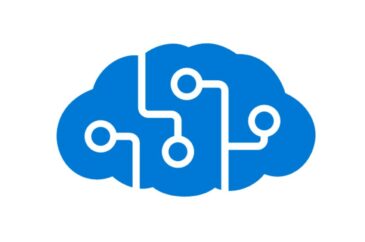
Intelligence as a Service Building Intelligent Apps with Azure Cognitive Services
Need to write an app that uses facial recognition to identify people entering a building? An app that raises an alert if tweets referencing your organization turn negative? Or an app that uses AI to flag potentially fraudulent invoices or digitize millions of documents? AI enables all of these scenarios and more, but the models…










